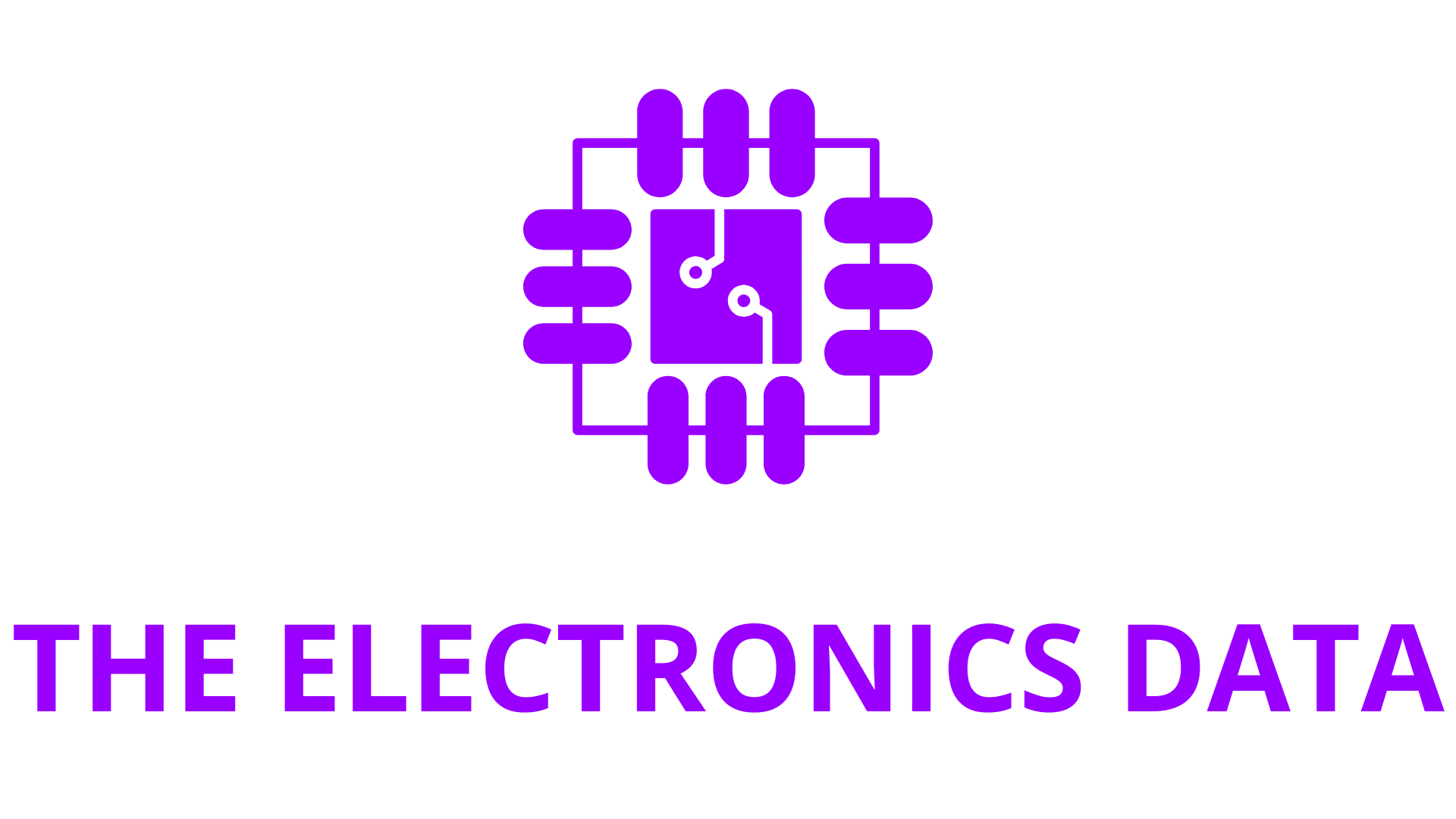Emerald AI, an NVIDIA Inception startup, is developing software to control power use during times of peak grid demand while meeting the performance requirements of data center AI workloads.
In many parts of the world, including major technology hubs in the U.S., there’s a yearslong wait for AI factories to come online, pending the buildout of new energy infrastructure to power them.
Emerald AI, a startup based in Washington, D.C., is developing an AI solution that could enable the next generation of data centers to come online sooner by tapping existing energy resources in a more flexible and strategic way.Traditionally, the power grid has treated data centers as inflexible — energy system operators assume that a 500-megawatt AI factory will always require access to that full amount of power,” said Varun Sivaram, founder and CEO of Emerald AI. “But in moments of need, when demands on the grid peak and supply is short, the workloads that drive AI factory energy use can now be flexible.”
That flexibility is enabled by the startup’s Emerald Conductor platform, an AI-powered system that acts as a smart mediator between the grid and a data center. In a recent field test in Phoenix, Arizona, the company and its partners demonstrated that its software can reduce the power consumption of AI workloads running on a cluster of 256 NVIDIA GPUs by 25% over three hours during a grid stress event while preserving compute service quality.
Emerald AI achieved this by orchestrating the host of different workloads that AI factories run. Some jobs can be paused or slowed, like the training or fine-tuning of a large language model for academic research. Others, like inference queries for an AI service used by thousands or even millions of people, can’t be rescheduled, but could be redirected to another data center where the local power grid is less stressed.
Emerald Conductor coordinates these AI workloads across a network of data centers to meet power grid demands, ensuring full performance of time-sensitive workloads while dynamically reducing the throughput of flexible workloads within acceptable limits.Beyond helping AI factories come online using existing power systems, this ability to modulate power usage could help cities avoid rolling blackouts, protect communities from rising utility rates and make it easier for the grid to integrate clean energy.
Renewable energy, which is intermittent and variable, is easier to add to a grid if that grid has lots of shock absorbers that can shift with changes in power supply,” said Ayse Coskun, Emerald AI’s chief scientist and a professor at Boston University. “Data centers can become some of those shock absorbers.
A member of the NVIDIA Inception program for startups and an NVentures portfolio company, Emerald AI today announced more than $24 million in seed funding. Its Phoenix demonstration, part of EPRI’s DCFlex data center flexibility initiative, was executed in collaboration with NVIDIA, Oracle Cloud Infrastructure (OCI) and the regional power utility Salt River Project (SRP).
The Phoenix technology trial validates the vast potential of an essential element in data center flexibility,” said Anuja Ratnayake, who leads EPRI’s DCFlex Consortium.
EPRI is also leading the Open Power AI Consortium, a group of energy companies, researchers and technology companies — including NVIDIA — working on AI applications for the energy sector.
Using the Grid to Its Full Potential
Electric grid capacity is typically underused except during peak events like hot summer days or cold winter storms, when there’s a high power demand for cooling and heating. That means, in many cases, there’s room on the existing grid for new data centers, as long as they can temporarily dial down energy usage during periods of peak demand.
